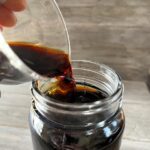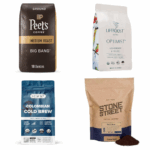Last Updated on June 3, 2025 by Karen
Can you put milk in a coffee maker? Learn what happens, safer alternatives, and how to make creamy coffee drinks without damaging your machine.
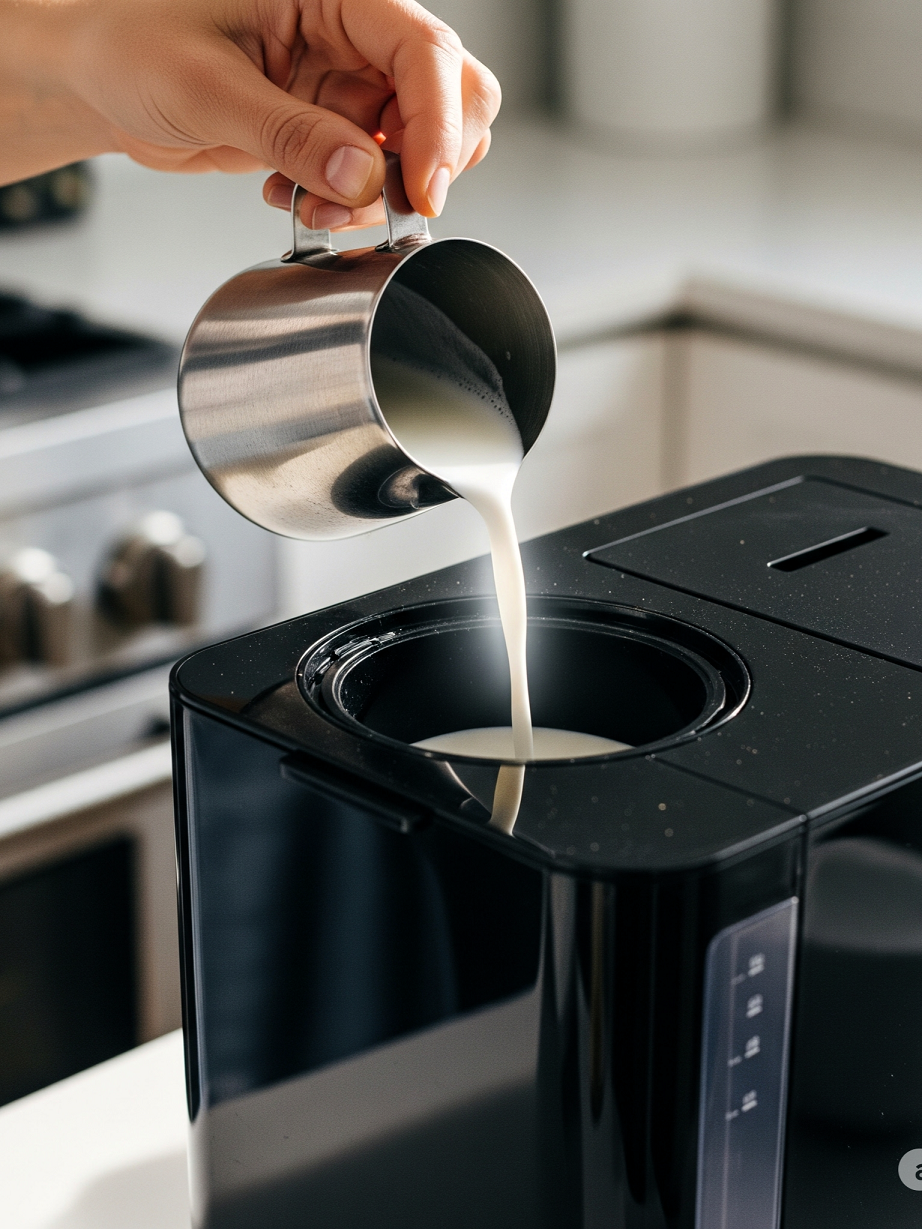
Many coffee lovers have asked, “Can you put milk in a regular coffee maker?” If you enjoy milk drinks, such as a creamy au lait, hot chocolate, or a milky iced coffee, it might seem like an easy shortcut to pour cold milk into your coffee machine. But that’s not a good idea—and here’s why.
This guide breaks down everything you need to know, including:
• Why milk can harm your coffee maker
• A great way to make milky coffee drinks
• Tools for heating and frothing milk
• How to use different machines safely
• The right choice of milk
• A handy FAQ section to answer more questions
Whether you’re using a drip coffee maker, espresso machine, Keurig coffee maker, or even a French press, this post will help you enjoy a delicious cup of coffee without damaging your gear.
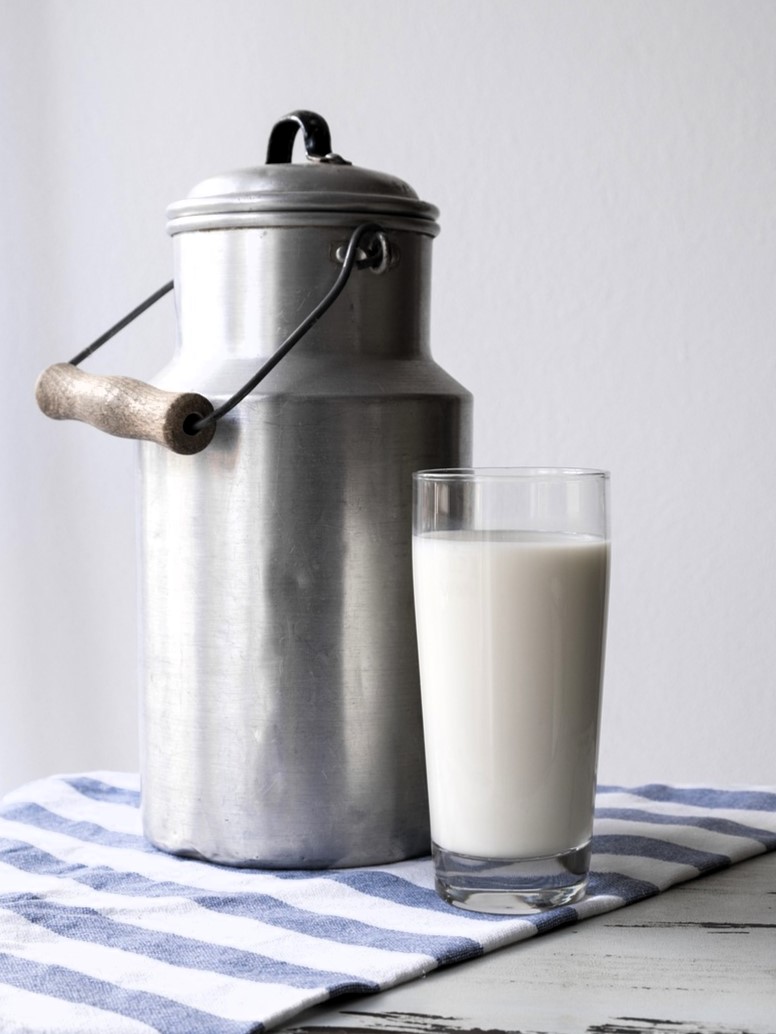
Why You Should Not Put Milk in a Coffee Maker
1. Milk Damages Your Coffee Machine
Coffee machines, including Keurig machines, are built to handle hot water, not milk. Milk contains fats and proteins that behave differently than water under high temperatures. When you pour milk into a machine’s water reservoir, the heating element can cause the milk to:
• Scorch or burn
• Leave sticky milk residue
• Clog the filter basket
• Create a breeding ground for bacteria
This can ruin your equipment, especially if it’s not designed to be cleaned thoroughly from the inside.
Learn how to properly clean your coffee maker here.
2. Milk Encourages Bacterial Growth
Even a tiny bit of leftover milk inside a machine can go bad fast. Warm milk in closed systems (like your Keurig machine) is ideal for bacterial growth, especially when left overnight.
That next morning cup of coffee could end up tasting sour or even making you sick. Always use hot water to brew your coffee, and add milk afterward.
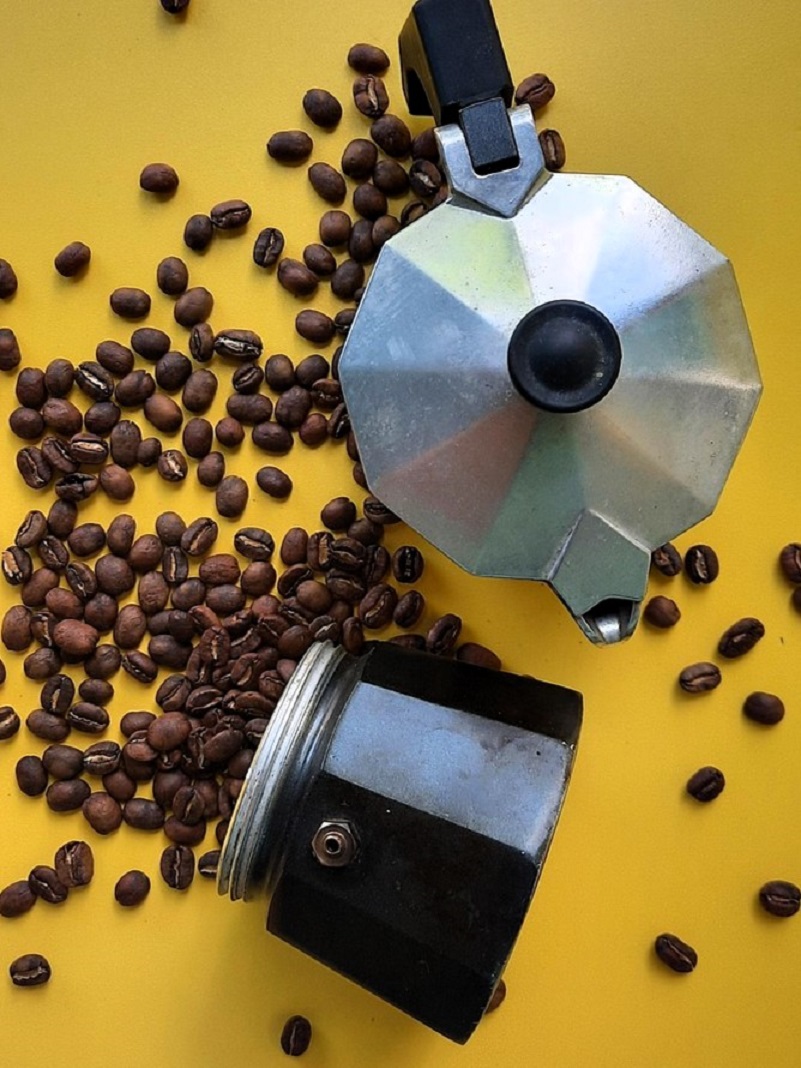
The Best Way to Make Milky Coffee (Without Ruining Your Machine)
The easiest way to enjoy a milky coffee is to:
1. Brew your coffee with hot water and coffee grounds (or coffee pods)
2. Heat or froth your type of milk separately using a safe tool
3. Combine the two in your large cup or mug for the perfect coffee-to-water ratio
This ensures you’ll get the best results in taste and safety. Plus, you can control the amount of milk added, whether you want just a splash of milk or the whole thing creamy.

Best Tools to Heat and Froth Milk
To get that coffee-shop feel at home, here are tools you can use:
Steam Wand
Most espresso machines include a steam wand. This is the best way to steam milk and create a velvety texture. It’s perfect for making drinks like:
• Lattes
• Cappuccinos
• Flat whites
• Peppermint mochas
Handheld Milk Frother
A battery-powered or manual handheld milk frother is great for beginners. It works with whole milk, plant-based milks, or even cold milk. Just warm your milk, then froth it until it forms a light milk foam. This is our favorite handheld milk frother.
Instant Pot or Stovetop
Using an Instant Pot or a saucepan lets you heat milk slowly. Stir often and avoid boiling. This method works for hot drinks, hot cocoa, or even warming milk for kids.
Manual Frother or French Press
A French press isn’t just for brewing coffee—you can also froth milk with it. Just pour in warmed milk and move the plunger up and down vigorously.
What Type of Milk Should You Use?
Different types of milk change the taste of your coffee, foam level, and texture. Here’s a quick guide:
Dairy Products
• Whole milk: Rich flavor, excellent for frothing, creates a creamy texture
• 2% milk: Less fat, still foams decently
• Skim milk: High foam, but less flavor
Plant-Based Non-Dairy Milk
• Oat milk: One of the best milk alternatives. Froths well and has a creamy mouthfeel
• Almond milk: Light, nutty taste, foams less
• Soy milk: Froths well, high in protein
• Coconut milk: Strong tropical flavor, works best for iced coffee or hot chocolate. I also love to make a coconut milk latte with a touch of coconut sugar — so delicious!
Some brands even sell barista-style plant-based milks designed for better frothing.
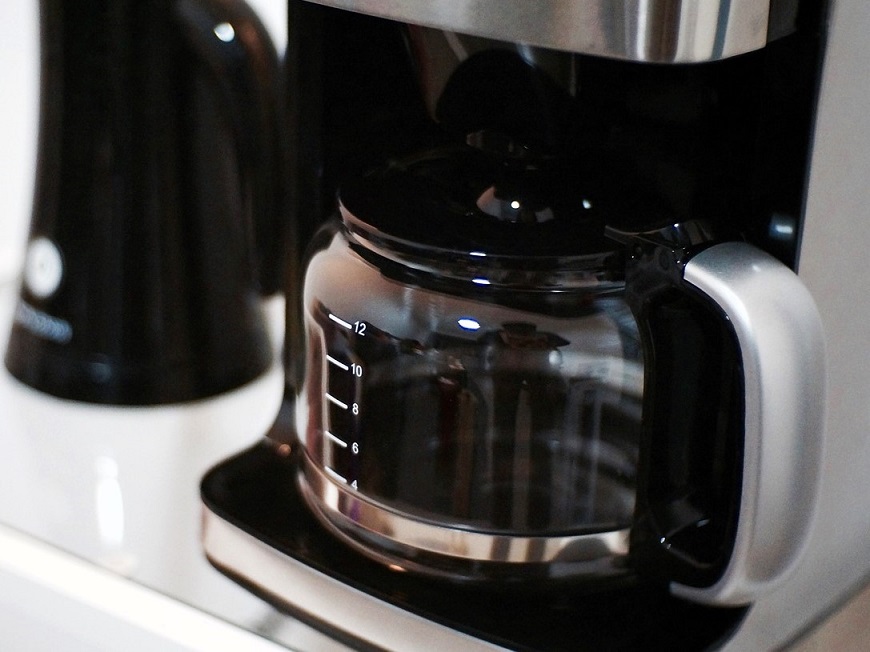
How to Safely Add Milk Using Different Coffee Makers
Here’s how to use popular brewing methods safely:
Drip Coffee Maker
• Add coffee grounds to the filter
• Brew with hot water only
• Heat or froth fresh milk separately
• Mix together in a large cup
Espresso Machine
• Brew a shot of espresso
• Use the steam wand to froth your milk
• Combine for a latte or cappuccino
Keurig Coffee Maker
• Use coffee pods, not milk pods
• Heat your milk using another tool
• Mix in a splash of milk or froth it for texture
Never put milk in the Keurig water reservoir. It can ruin the machine.
French Press
• Brew with coarse coffee beans
• Froth milk inside the press after heating
• Pour it into your cup with the brewed coffee
Moka Pot
• Brew strong coffee with hot water and ground dark roast
• Add hot milk for a stovetop-style café au lait
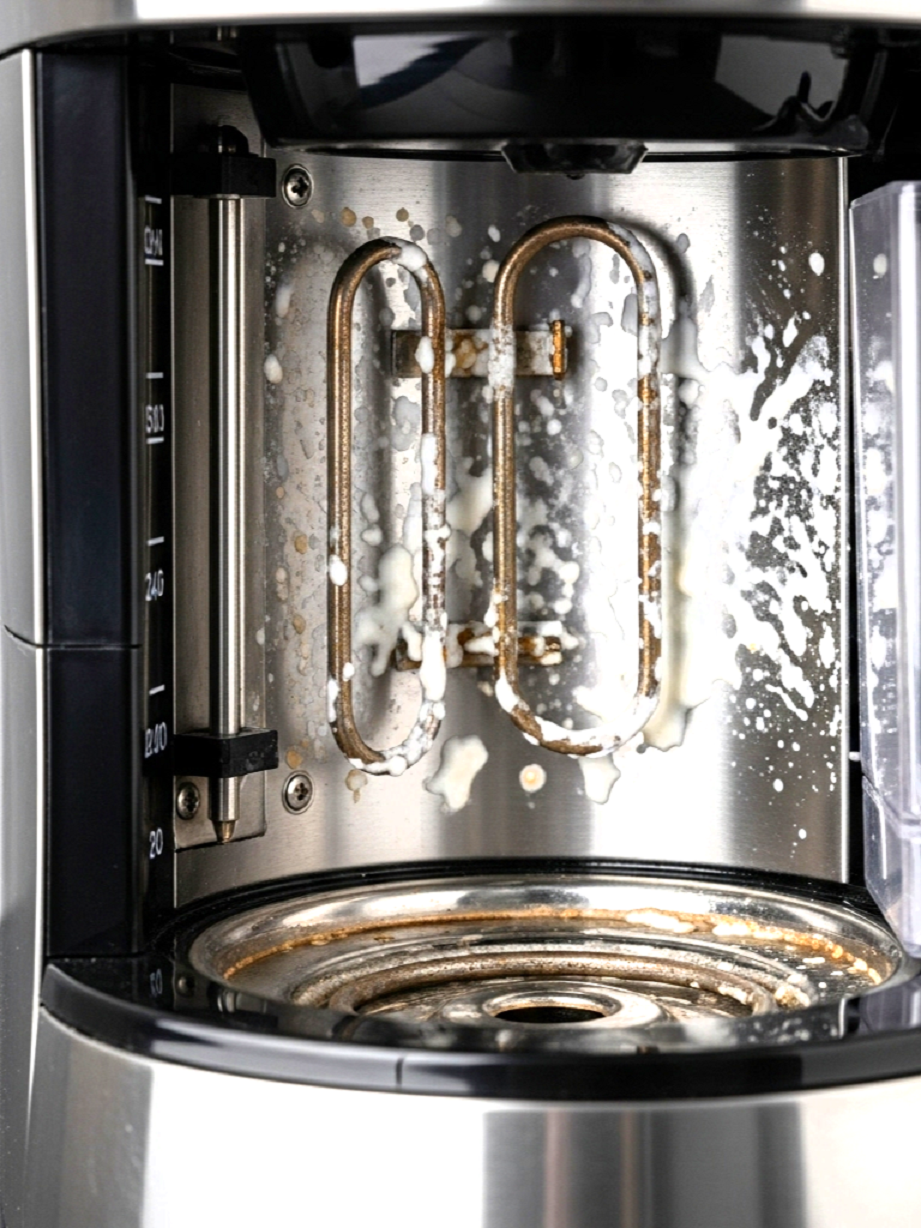
Can I put milk in my Keurig coffee maker?
No. Milk can clog the machine and cause bacteria buildup. Always brew with hot water and add milk alternatives or dairy afterward.
What happens if I accidentally use milk in a drip coffee maker?
If you accidentally use milk in a drip coffee maker, it can burn and leave sticky residue inside the machine, clogging the filter and internal parts. The milk can also spoil quickly, leading to bacterial growth and unpleasant smells. This can ruin the taste of future cups of coffee. To fix it, clean all removable parts and run several vinegar and water cycles, followed by plain water. Always brew with water only and add milk afterward.
Can I froth plant-based milks?
Yes. Oat milk and soy milk froth well. Almond milk and coconut milk can be harder to foam but still work.
What’s the best milk for frothing?
Whole milk provides the best creamy texture, while oat milk is a great non-dairy option with good foam.
Can I use a French press to froth milk?
Yes, you can use a French press to froth milk, and it’s a great manual option if you don’t have a steam wand or milk frother. Simply heat your milk (but don’t boil it), pour it into the French press, then pump the plunger up and down quickly for about 30 seconds. This action introduces air into the milk, creating a light, creamy foam. It works well with both dairy and plant-based milks, and it’s perfect for making lattes, cappuccinos, or other milk-based coffee drinks at home.
Is it safe to drink coffee made with milk in the water reservoir?
No, it’s not safe to drink coffee made with milk in the water reservoir. Coffee makers are designed to heat and pump water—not milk. When milk is used in the reservoir, it can burn inside the machine, leave behind sticky residue, and promote bacterial growth in areas that are hard to clean. Even if the coffee looks fine, the internal contamination can make it unsafe to drink and may affect the taste. For safety and the longevity of your machine, always use water for brewing and add heated or frothed milk separately.
Coffee Recipes You Can Try with Milk
Want to explore beyond plain coffee with milk? Try these:
• Café au lait – equal parts hot coffee and steamed milk
• White coffee – brewed coffee with a high amount of milk
• Cold brew latte – cold brew coffee concentrate plus frothed almond milk
• Brown sugar oat milk latte – trendy and perfect for mornings
• Hot chocolate mocha – mix coffee with cocoa and hot milk
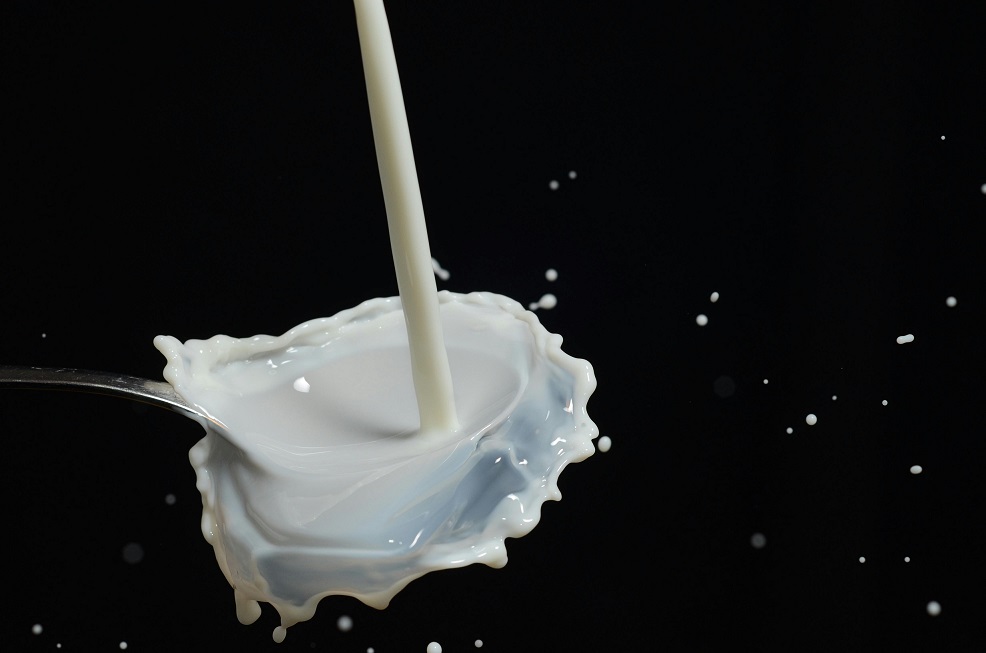
So, can you put milk in a coffee maker? Technically yes, but it’s really not a good idea. It damages the machine, encourages bacterial growth, and ruins the taste of your coffee.
The right choice is to brew with hot water, then heat or froth the milk separately. Whether you like soy milk, oat milk, or classic whole milk, there’s a method that fits your setup.
With the right tools and a little knowledge, making delicious cups of coffee at home can be easy, safe, and satisfying.




